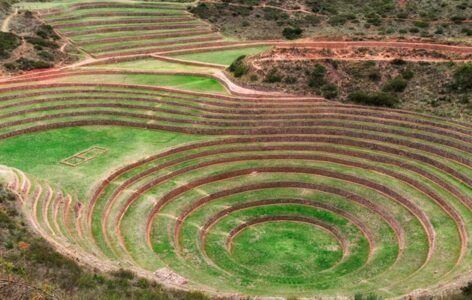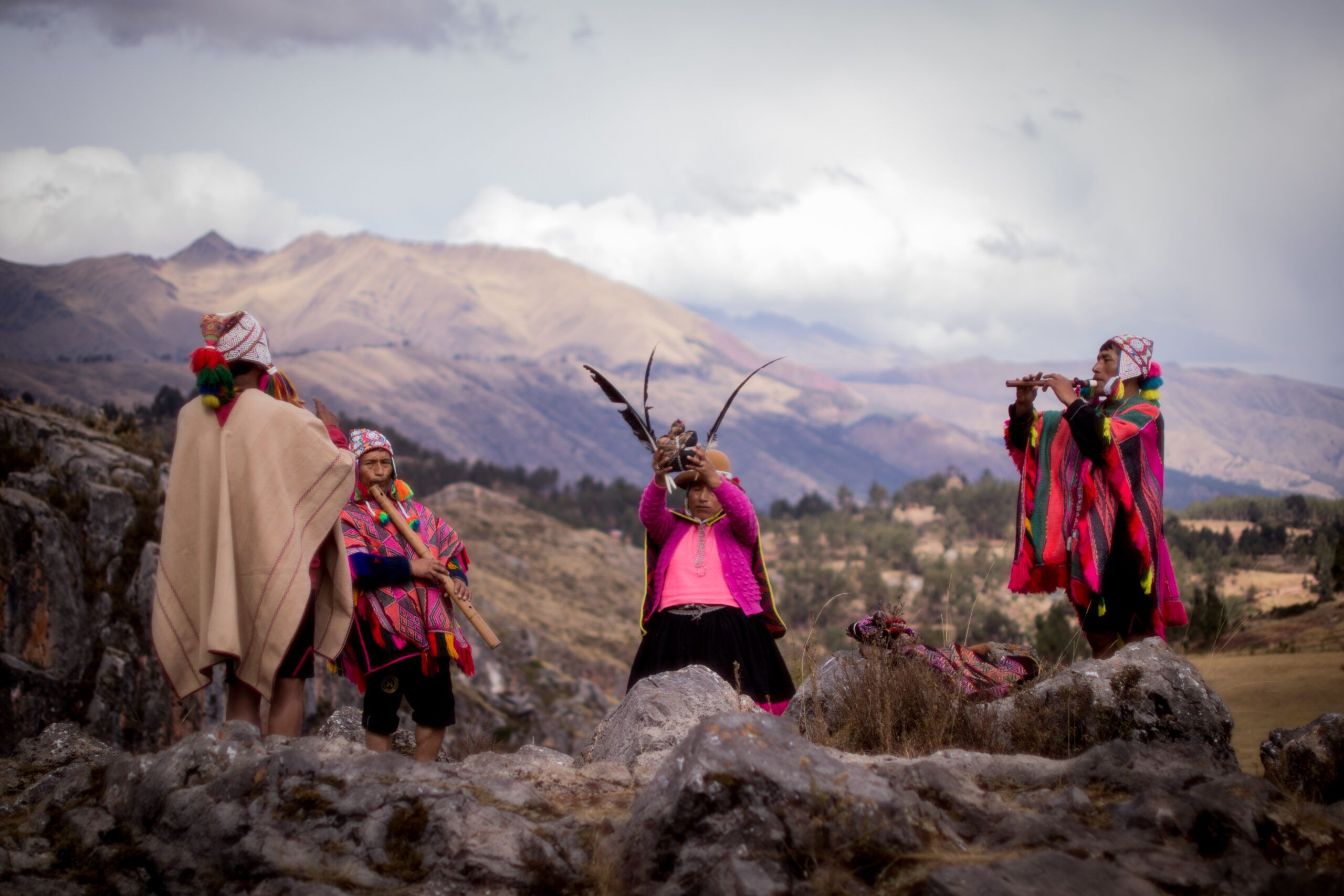A Pachamama Altar anchors your relationship with Mother Earth wherever you live. You don’t copy a museum display; you enter ayni—reciprocity—with the land you stand on. A well-kept altar helps you clear hucha (heavy energy), invite sami (refined, luminous energy), and stay in dialogue with mountains, waters, ancestors, and the living Earth.

What your Pachamama Altar embodies

- Pacha (space-time): In the Andes, time and place form one living field. Your altar situates you inside that field—present, grounded, responsive (Urton, 1981).
- Ayni (reciprocity): You give beauty and gratitude; the world gives guidance and vitality in return (Allen, 2002).
- Sami & Hucha: You cultivate sami through offerings, breath, and beauty; you release hucha through cleansing and right relationship (Bastien, 1985).
- The Sacred Family:
Materials for your own Pachamama Altar
Use what you have. Prioritize ethical, local, and sustainably sourced items.
Earth & elements
- A small jar of soil (from a place you love), stones (preferably found, not bought), water (spring/ocean/river—local if possible), a candle (fire), incense or aromatic herbs (air).

Foundation
- Pachamama Altar cloth or mestana (substitute: any clean, beautiful cloth you reserve for ceremony).
- Small bowl or plate (earth/ceramic preferred).
Sacred objects
- Photo or symbol for ancestors.
- One or three kuyas (favorite stones) for protection, healing, gratitude.
Offerings
- Coca leaves where legal; substitutes: bay leaves or laurel for prayer bundles (k’intus).
- Seeds/grains (corn, quinoa), flowers/petals, a bit of honey or sugar (sweetness for Pachamama).
- Optional: silver piece (moon/feminine), sun symbol (gold/bronze), shell (mullu/Spondylus substitute).
Ethical note: avoid endangered materials (e.g., wild Spondylus); buy from artisans when possible; use local plants instead of overharvested palo santo.
Step-by-step: build your altar anywhere
- Choose the place
Quiet, clean, and elevated if possible (shelf, small table, windowsill). Keep it separate from work/clutter.
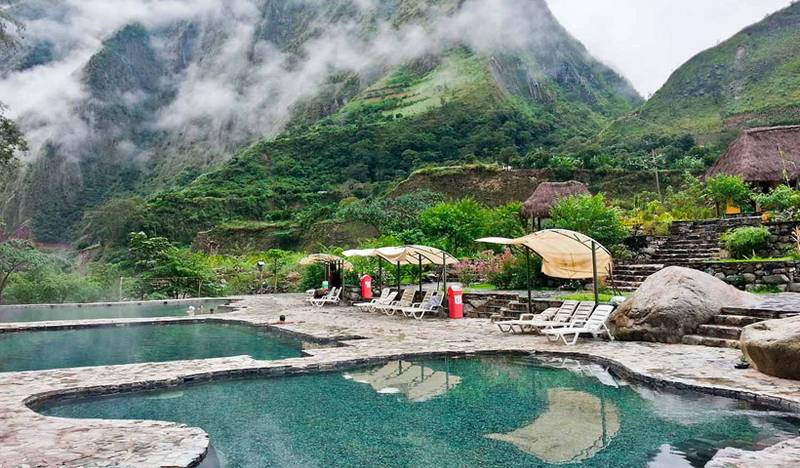
4. Ground with the four
Place a stone (earth), bowl of water, candle (fire), and incense/herbs (air) in a simple cross or circle. Feel the room settle.
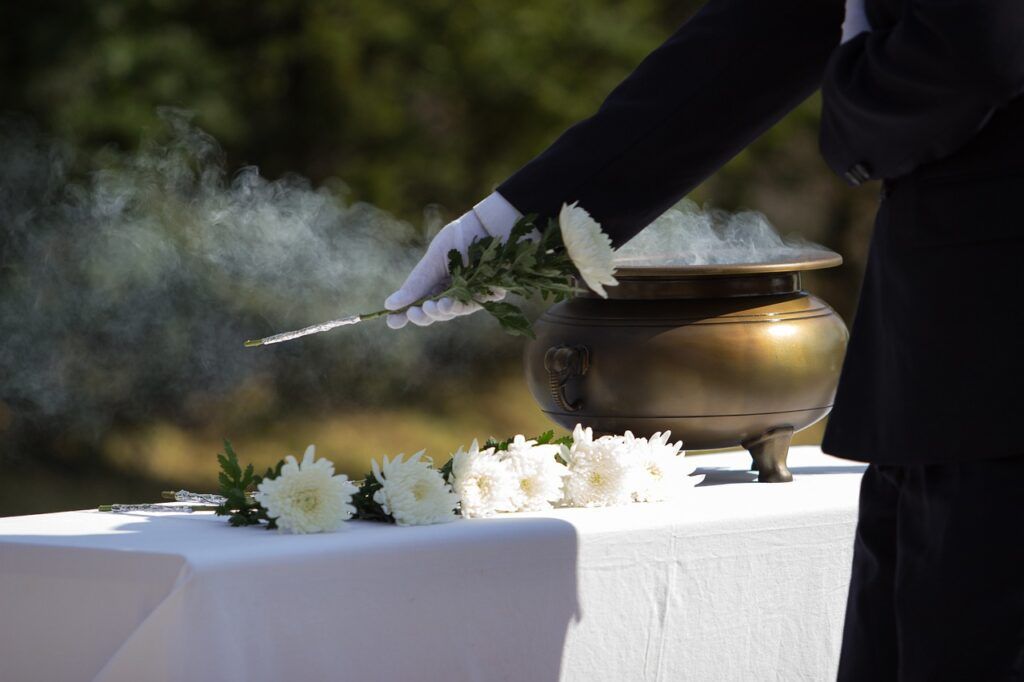
7. Add offerings
A few k’intus (3 bay leaves), a pinch of corn/quinoa, flower petals, a thread of honey. Say: “Pachamama, I give beauty so beauty returns to all.”
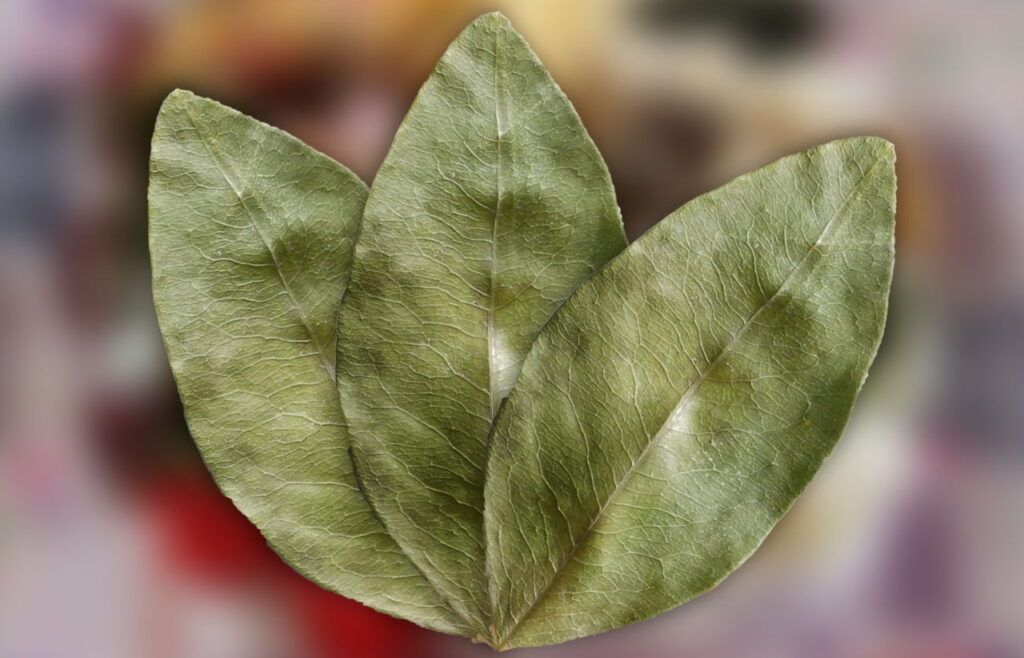
2. Clean the space
Sweep and wipe. Open a window. Light a candle. Fan the area with herb smoke (muña/eucalyptus/rosemary). State: “I clear what is heavy; I welcome what is light.”

5. Invite the Sacred Family
- Center: a small earth item (soil, seed, or a bowl of grain) for Pachamama.
- Upper area: sun token for Inti; left or right: moon token (or silver object) for Mamakilla.
- Back or upper corners: Apu stones (one or two), pointing outward as guardians
8. Greet the local land
Speak the name of the land/river/mountain where you live. Acknowledge Indigenous stewards if you know them. Promise reciprocity.
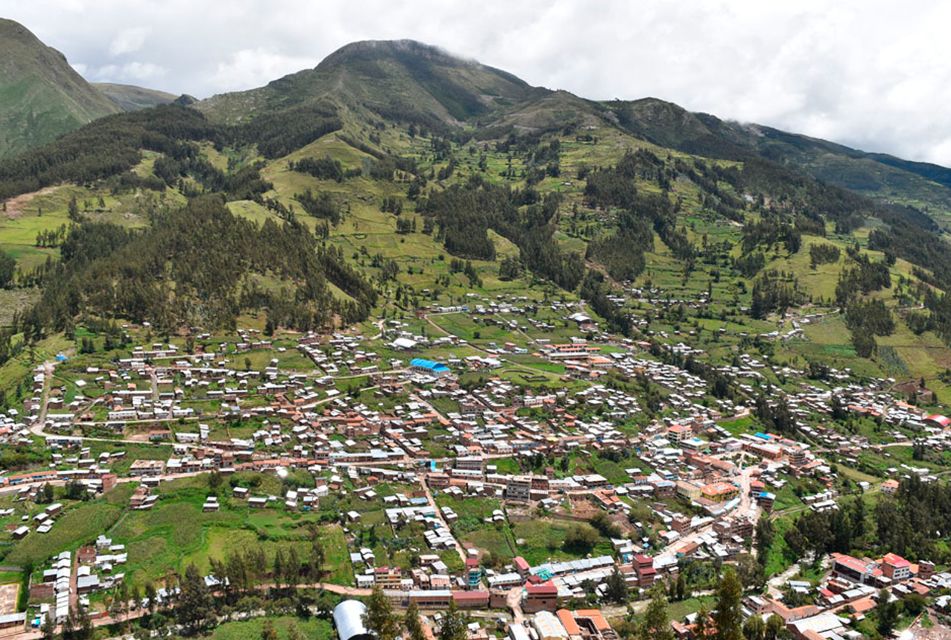
3. Lay the cloth (mestana)
Spread it smoothly. This becomes your ceremonial field—your micro-pacha.
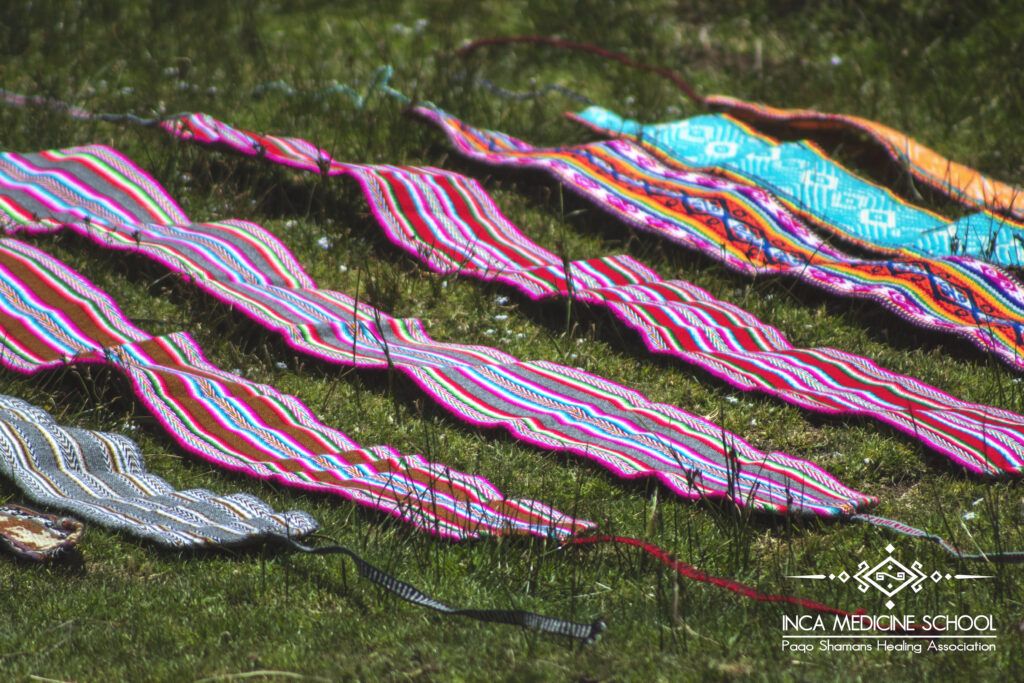
6. Place your kuyas (heart stones)
Three is classic: healing, protection, gratitude. Hold each stone to your heart; name its job; place it with intention.
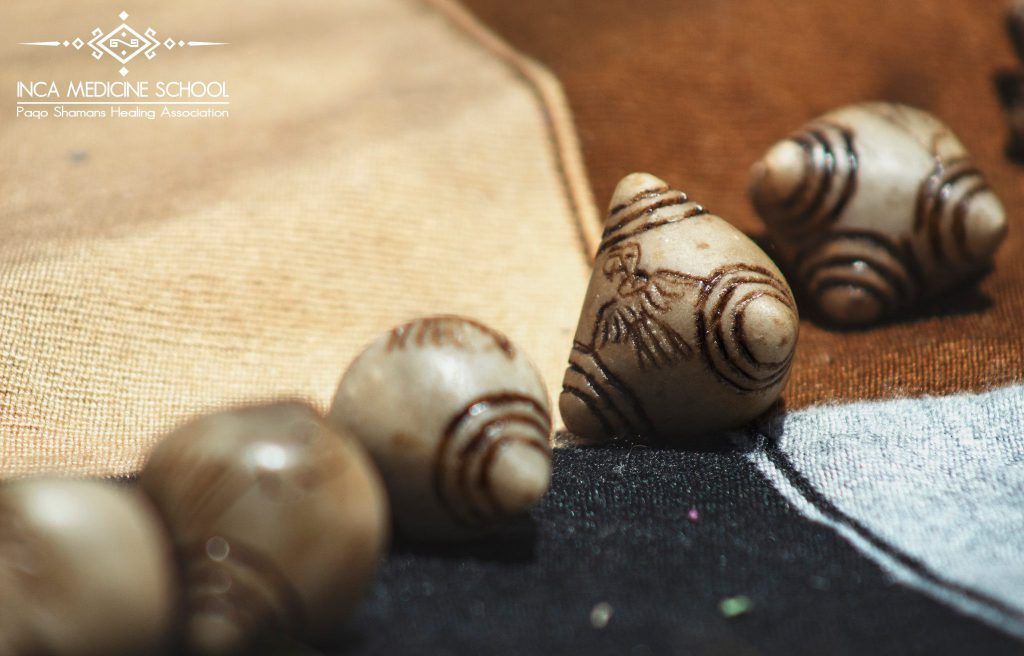
9. Seal with breath
Take three slow breaths toward the altar—exhale whatever feels heavy; inhale as if the mountain itself is breathing you.

10. Close neatly
Extinguish flame respectfully (snuffer or gentle pinch). Keep the altar tidy; beauty is part of the medicine.
References
- Allen, C. J. (2002). The Hold Life Has: Coca and Cultural Identity in an Andean Community. Smithsonian.
- Bastien, J. W. (1985). Mountain of the Condor: Metaphor and Ritual in an Andean Ayllu. Waveland.
- Glass-Coffin, B. (1998). The Gift of Life and Death: Female Spiritual Healing in Northern Peru. Univ. of New Mexico Press.
- Reinhard, J. (2005). The Ice Maiden: Inca Mummies, Mountain Gods, and Sacred Sites in the Andes. National Geographic.
- Sharon, D. (2000). Wizard of the Four Winds: A Shaman’s Story. Prism.
- Urton, G. (1981). At the Crossroads of the Earth and the Sky: An Andean Cosmology. Univ. of Texas Press.
- Zuidema, R. T. (1964). The Ceque System of Cuzco. Brill.

